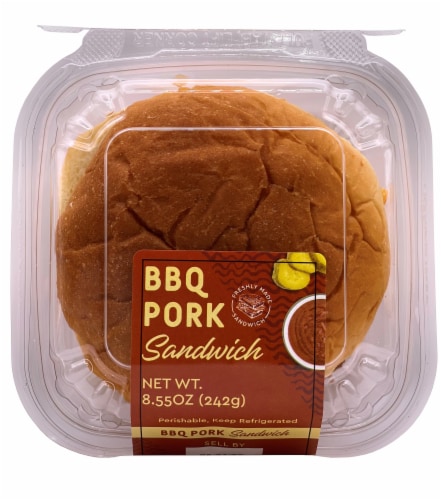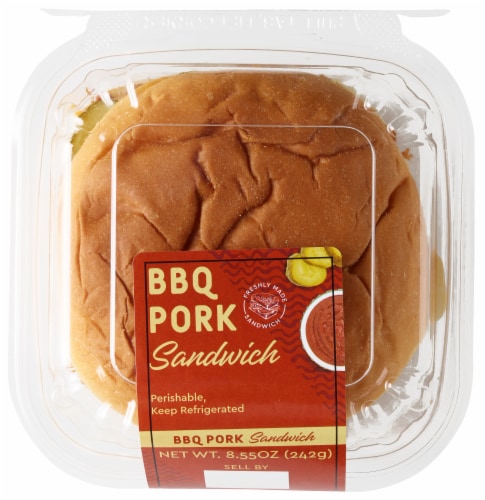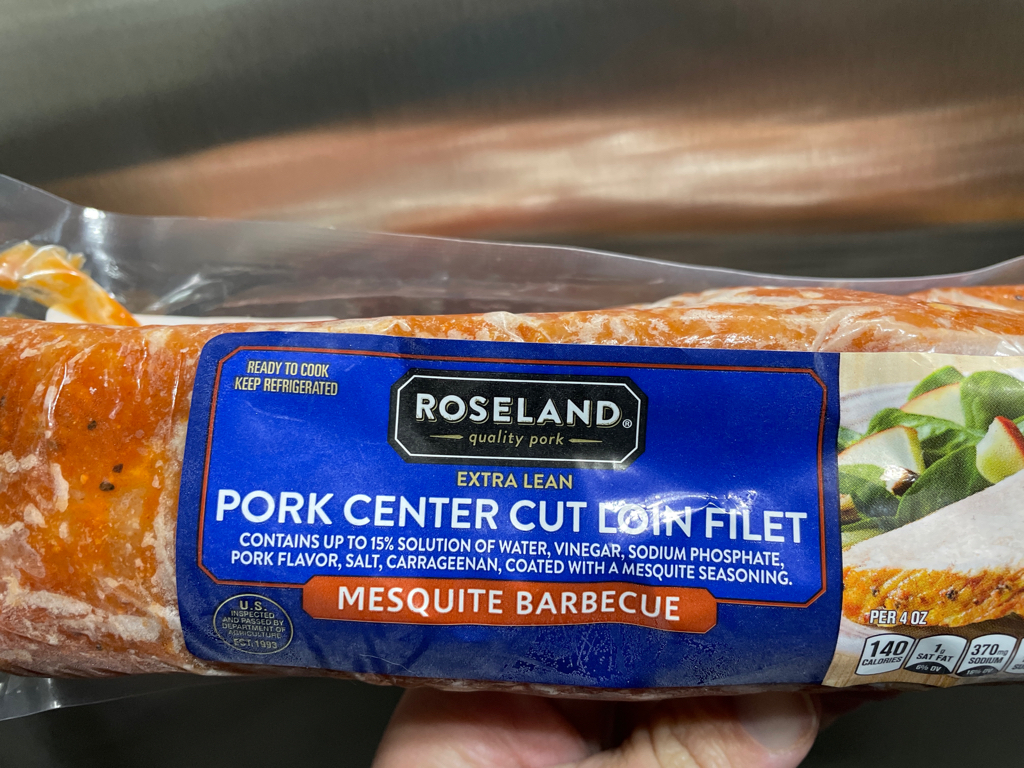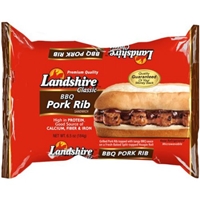Pork Sandwich
The Pork Sandwich is a gastronomic delight that testifies to the manifold possibilities of a humble sandwich. Comprised of slow-cooked, shredded pork, it is seasoned to perfection with spices and loaded onto a slightly toasted bun for a juicy and satisfying bite.
The other components like onions, pickles, and hot sauce often accompany the succulent pork, all contributing to an experience of taste that is at once tangy, spicy, and savory. Ideal for lazy Sundays or outdoor barbecues, a Pork Sandwich can inject a healthy dose of enthusiasm and vitality into the everyday culinary routine.
64%
CARBS
20%
FAT
17%
PROTEIN
14 Pork Sandwich Products
Member's Mark BBQ Rib Sandwich (10 ct.)
Hearthside BBQ Pork Sandwich
Taylor Farms BBQ Pork Sandwich
Hormel Sandwich Makers Seasoned Pork with Barbecue Sauce
Fresh Kitchen BBQ Pork Sandwich
Bbq Pork Rib Tender Boneless Rib Shaped Pork Patty With Sweet & Smoky Bbq Sauce On A Cornmeal Bun Sandwiches
Pork Bbq
Landshire Supreme Bbq Pork Ribs Sandwich
Pork Sandwich FAQ
Cooking a pork sandwich often comes with a set of primary, common issues. These mainly relate to how to cook the pork correctly to achieve tender and juicy meat which forms the key component for the sandwich. Many people make the mistake of rushing the cooking process, leading to tough and dry pork. It is essential to be patient and slow-cook the pork at a low temperature to allow the tough muscles to break down and become tender.
Another common issue is with seasoning - either people use too little, leading to bland meat, or they use too much and overpower the natural flavors of the pork. Achieving the right balance is tricky but essential.
To get the most out of this dish, choosing the right cut of pork matters. Pork shoulder, also known as Boston butt, is fatty, flavorful, and works great for slow cooking.
As far as little-known tips are concerned, without injecting flavors directly into the meat, the interior of the meat may lack flavor despite a flavorful coating on the outside. Another trick is using aluminum foil to wrap the cooked meat and let it rest before shredding. This allows the juices to be reabsorbed back into the fibers of the meat, leading to a flavorful, tender pulled pork.
As for the condiments that go with the pork, pickles with a good crunch and a decent amount of acidity can cut through the richness of the pork and provide a stimulating contrast. Similarly, thinly sliced red onions add a fresh zest to the savory profile of the sandwich.
What cut of pork is best for making a pork sandwich?
How long should I cook the pork?
What's the best method for cooking the pork?
How can I ensure that my pork is flavorful?
How can I get a perfect sear on the pork?
What types of bread work best for a pork sandwich?
What type of seasoning should I use?
Why is my cooked pork tough and dry?
How do I shred the pork for the sandwich?
How can I balance the flavors of my pork sandwich?
Substitutes
Health Info
Macros
49g
CARBS
15g
FAT
12g
PROTEIN
Allowed on these diets
LACTOSE FREE
Contains these allergens
WHEAT















